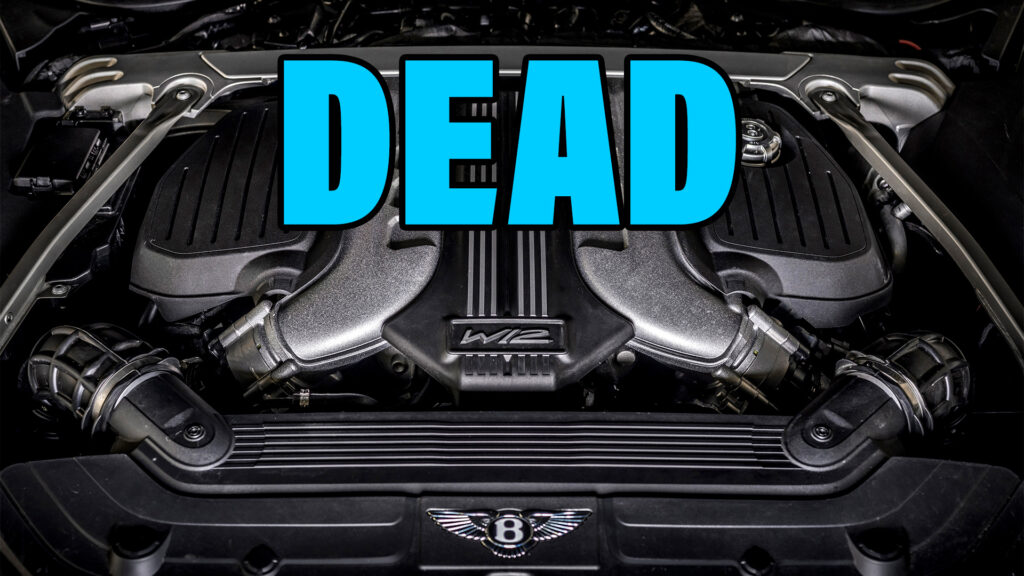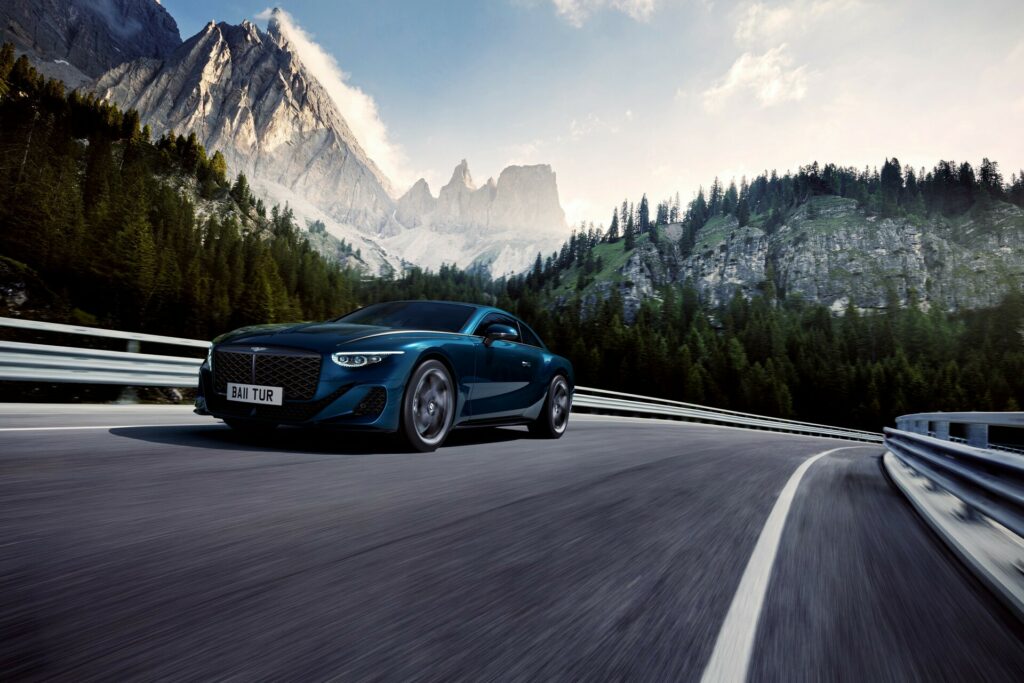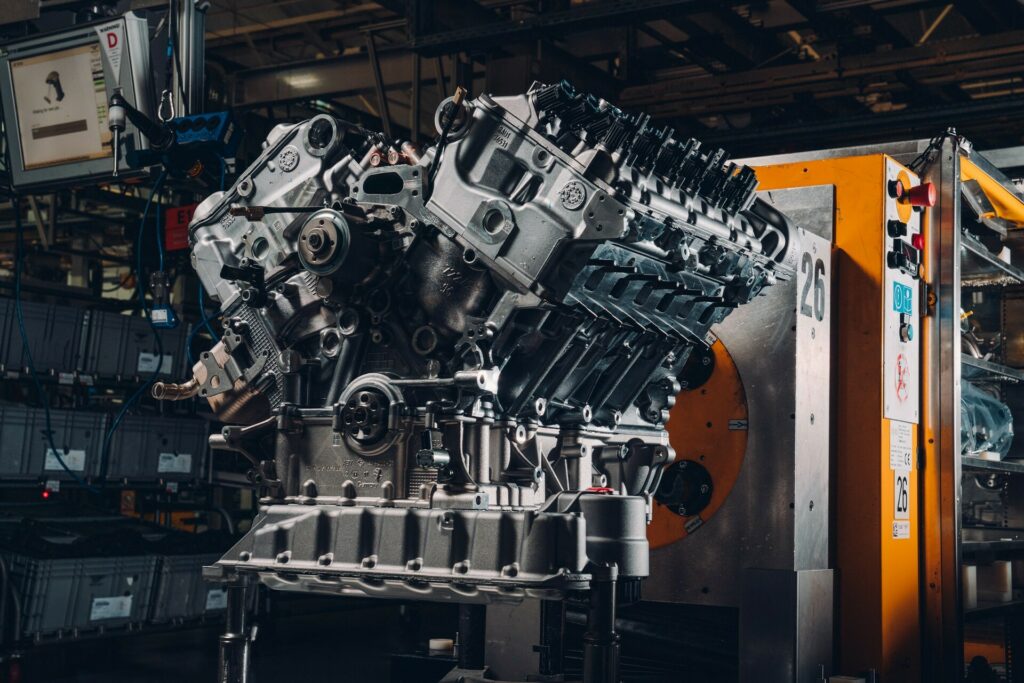<!—->
Bentley is transitioning to a fully-electrified line-up by 2030 and the W12 doesn’t fit in its plans
4 hours ago
 –>
–> 
by Brad Anderson
–>
Bentley has become synonymous with its powerful W12 engine but will end production of the mill in April 2024 by which time more than 105,000 units will have been produced during the engine’s life span.
The British car manufacturer will fully electrify its line-up by the start of the next decade and the W12 simply doesn’t fit into these plans. The 6.0-liter, twin-turbocharged mill was first introduced in 2003 and has been routinely updated over the past 20 years. Indeed, peak power has jumped by 37 per cent, torque has climbed 54 per cent, and emissions have been reduced by 25 per cent.
Read: The Bentley Mulliner Batur Will Be Capped At Just 18 Units Worldwide
The current generation of W12 used by Bentley was introduced in 2015 with the Bentayga SUV. It was redesigned from the sump up and includes a 30 per cent stronger crankcase, an improved cooling system, more efficient turbochargers, and a system that can shut down some of the cylinders when needed.

The W12 will be sent off in style with the limited-run Bentley Mulliner Batur. Unveiled in August last year and set to be limited to just 18 units worldwide, the Batur has now been confirmed as the most powerful production Bentley ever. Indeed, its tweaked W12 is good for 740 hp and 737 lb-ft (1,000 Nm) of torque between 1,750 rpm and 5,000 rpm.
Bentley continues to offer a potent 650 hp variant of the 6.0-liter twin-turbo W12 for the Continental GT, Bentayga, Flying Spur, Continental GT Mulliner, and Flying Spur Mulliner. It expects demand for these models to be high and is encouraging shoppers to place an order as soon as possible. Once the W12 is gone, it’s not coming back.
advertisement scroll to continue

“Our progressive journey towards sustainable luxury mobility means making changes to every area of Bentley Motors,” Bentley chief executive Adrian Hallmark said. “When we first launched the W12 back in 2003, we knew we had a mighty engine that would propel both our cars and the brand forwards at speed. 20 years and more than 100,000 W12s later, the time has come to retire this now-iconic powertrain as we take strides towards electrification – but not without giving it the best send-off possible, with the most powerful version of the engine ever created.”
The carmaker aims to retrain and redeploy the 30 craftspeople that hand-assemble and test each W12 engine at its factory in Crewe, UK.
 –>
–> 

